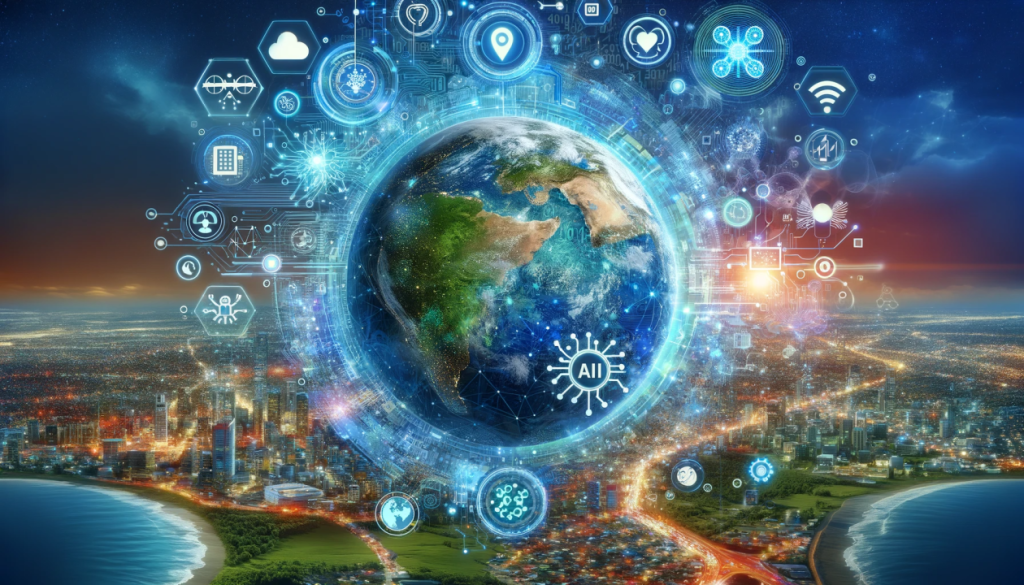10 Less Known AI Computer Vision Quick Facts
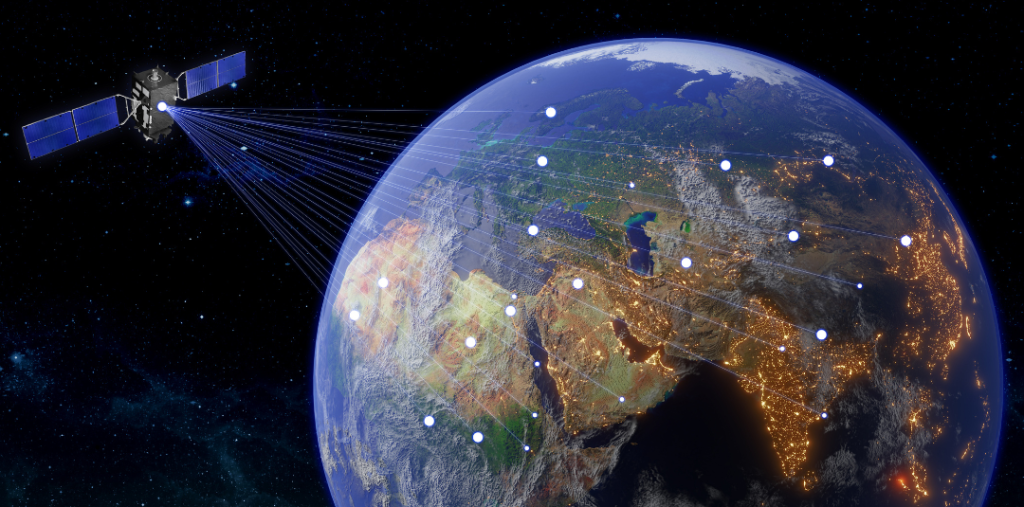
Fact 1: AI can analyze satellite imagery to monitor deforestation, urban sprawl, and natural disasters.
Fact 2: Computer vision is used in healthcare to analyze medical images like MRIs and CT scans for early disease detection.
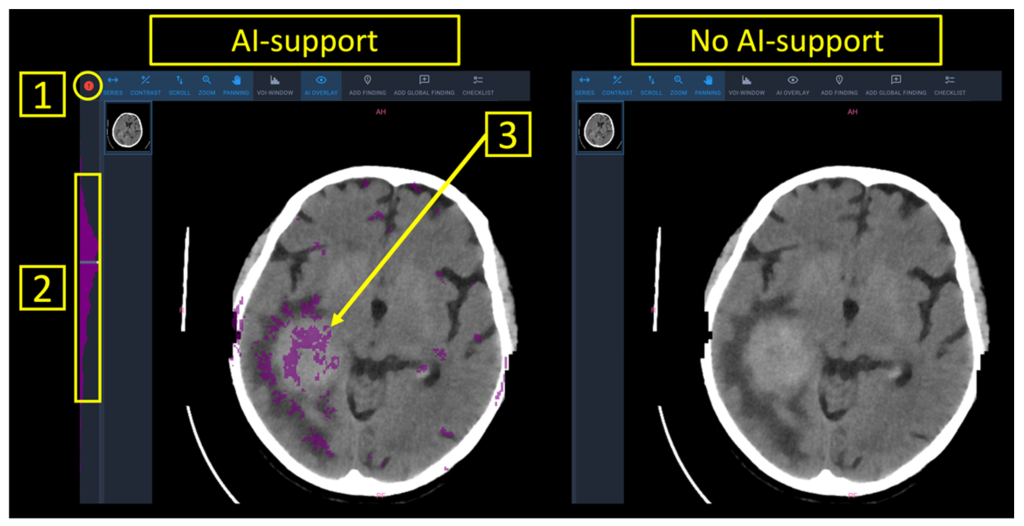

Fact 3: AI can be trained to recognize and classify different types of art styles, helping art historians and collectors.
Fact 4: Computer vision is used in sports analytics to track player movement, analyze performance, and prevent injuries.
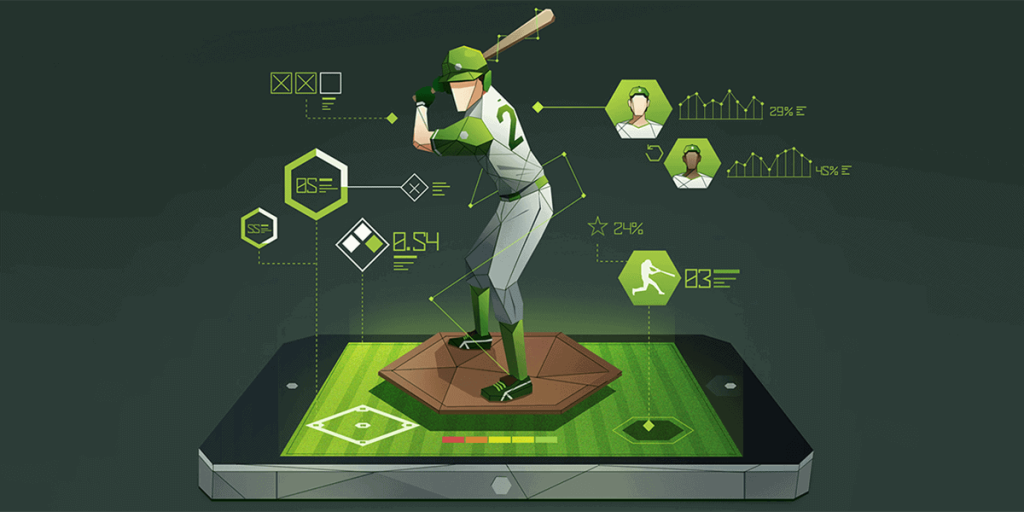
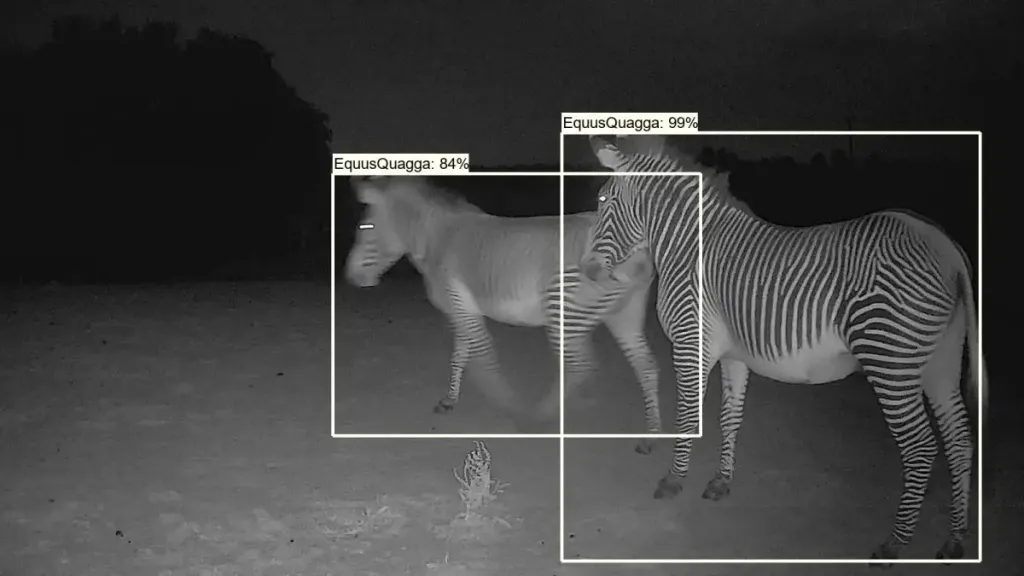
Fact 5: AI can be used to monitor wildlife populations and behavior through camera traps and drone footage.
Fact 6: Computer vision is used in archaeology to analyze ancient artifacts and sites, providing new insights into past civilizations.
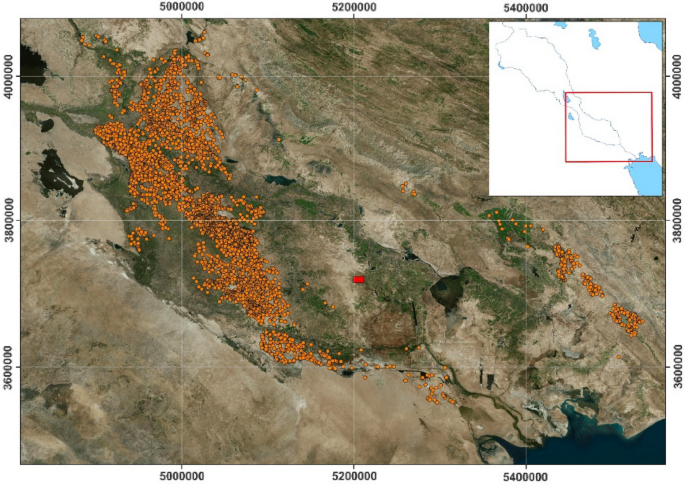
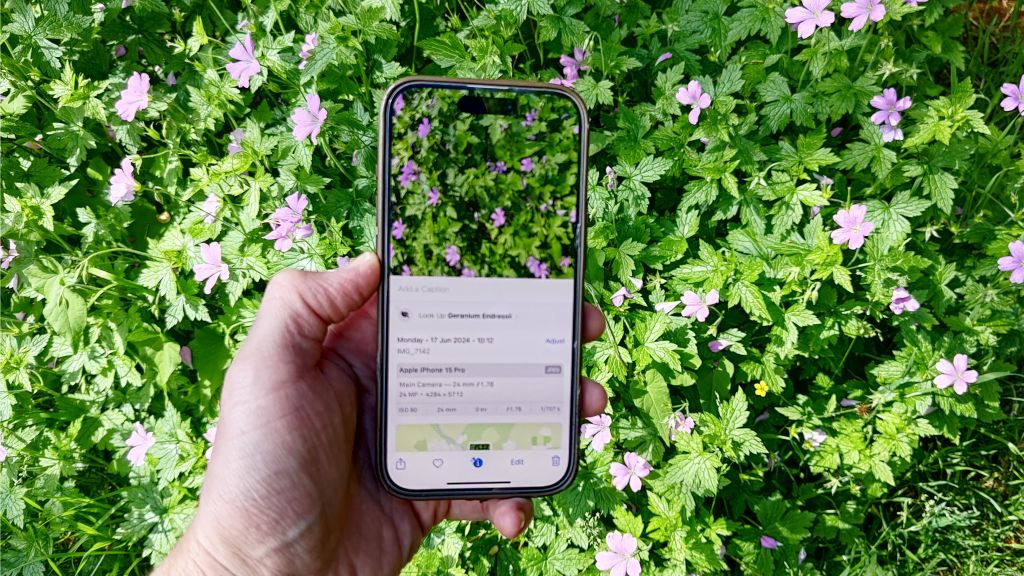
Fact 7: AI can be trained to recognize and classify different types of plant species, aiding in botanical research and conservation.
Fact 8: Computer vision is used in fashion to analyze trends, create virtual try-ons, and improve product recommendations.

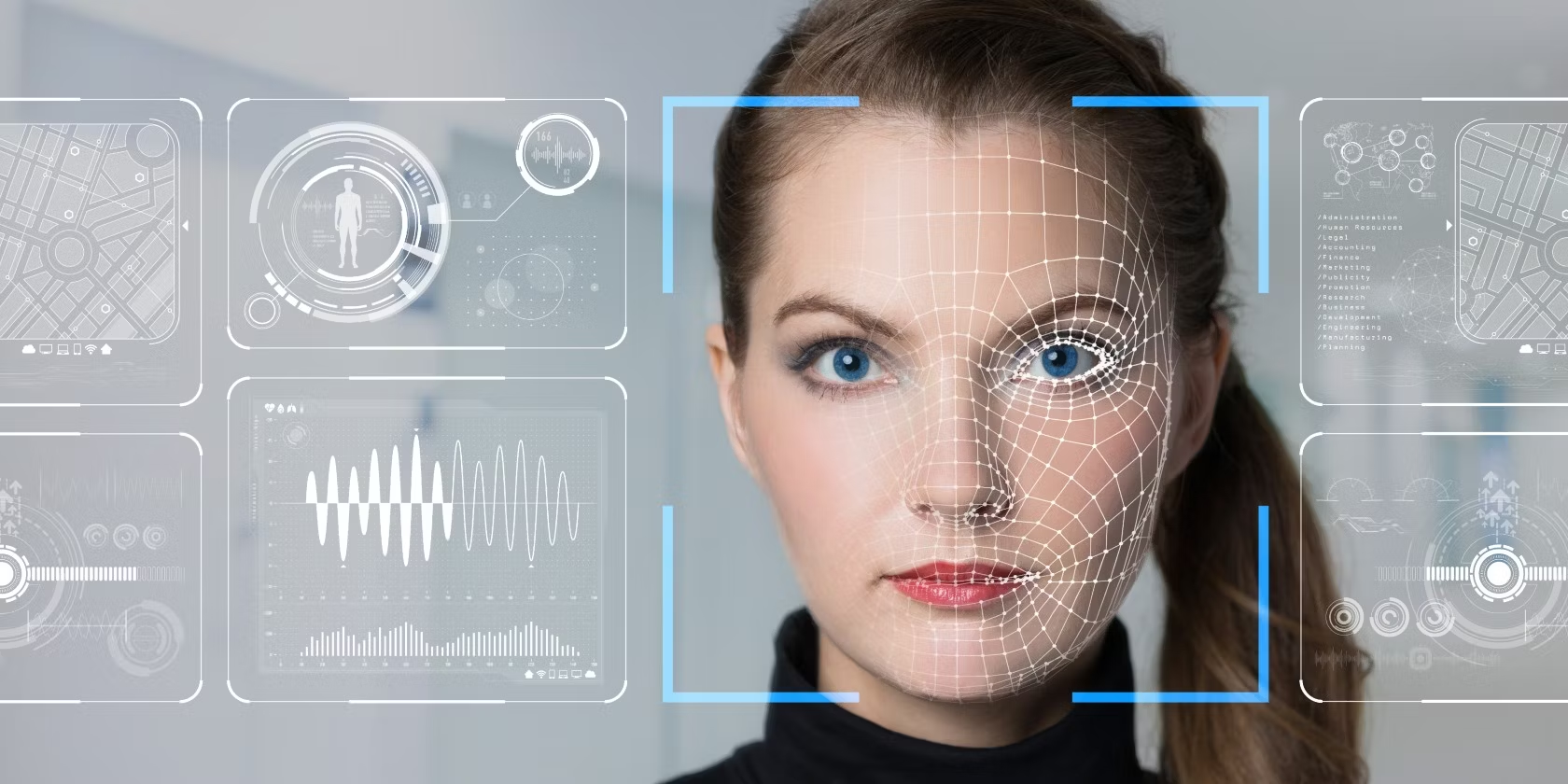
Fact 9: AI can be used to detect and analyze fake images and videos, combating misinformation and deepfakes.
Fact 10: Computer vision is used in the automotive industry to develop advanced driver assistance systems (ADAS) and autonomous vehicles.
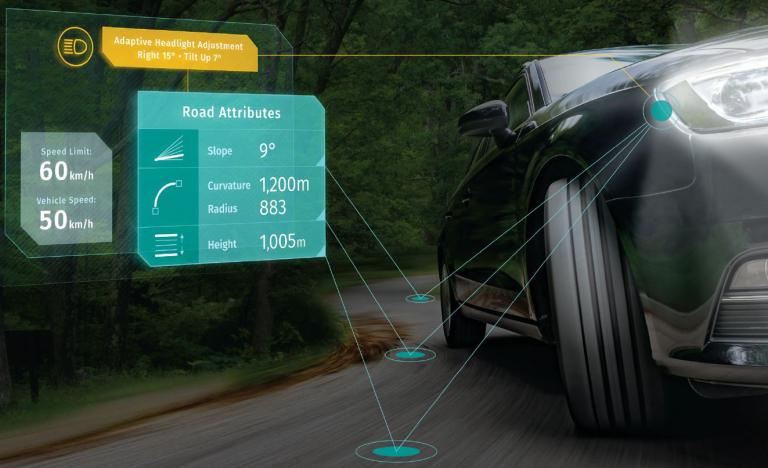
10 Futuristic AI Computer Vision Applications
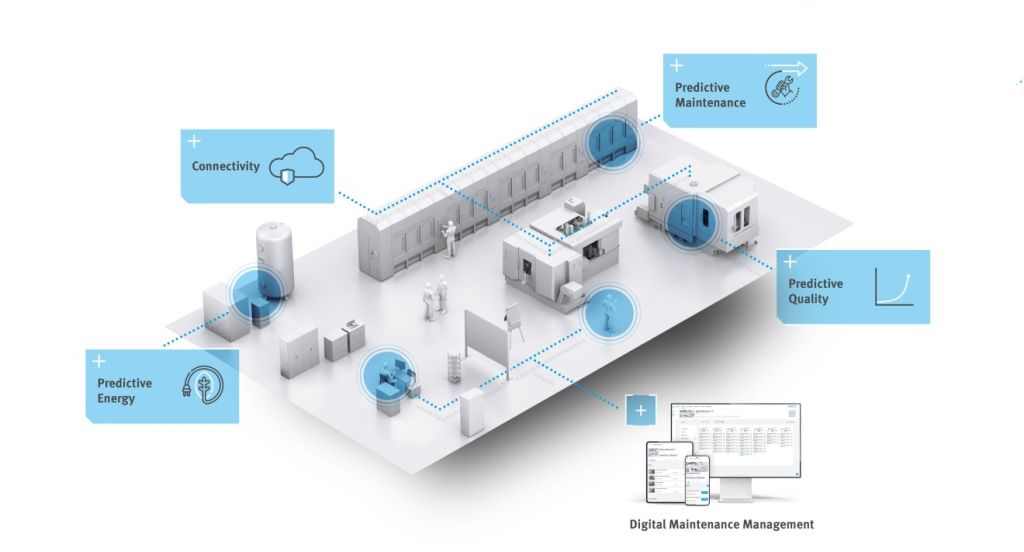
Predictive Maintenance in Manufacturing: The future holds the ability to anticipate equipment failures before they occur, maximizing uptime and reducing costs.
Real-Time Language Translation and Transcription: And what the future holds is seamless communication across language barriers, even in noisy environments.
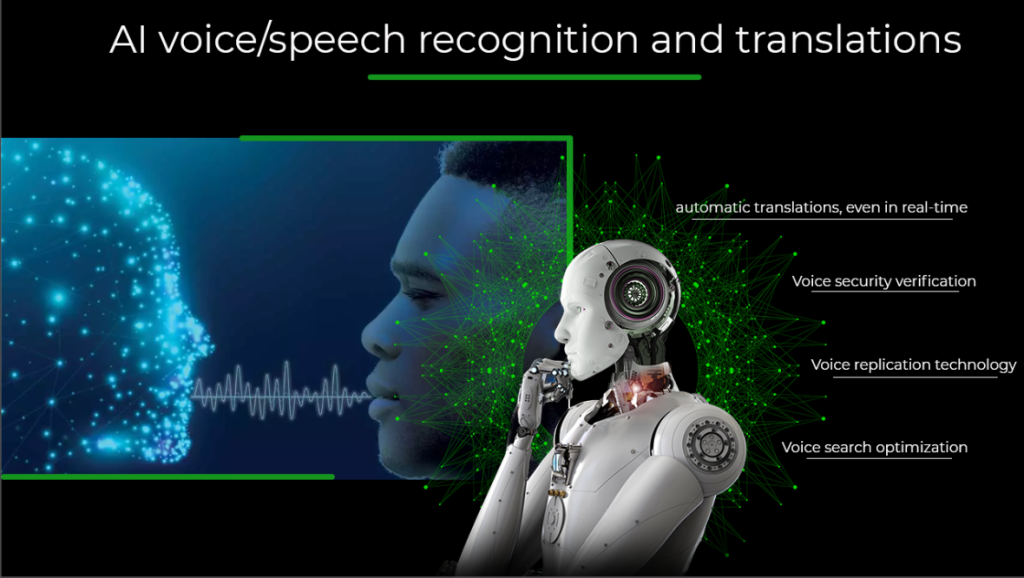

Medical Image Analysis for Personalized Treatment: And what the future holds is tailored treatment plans based on individual patient data, leading to more effective therapies.
Autonomous Delivery Systems: And what the future holds is a world where goods are delivered efficiently and sustainably, reducing traffic congestion and emissions.
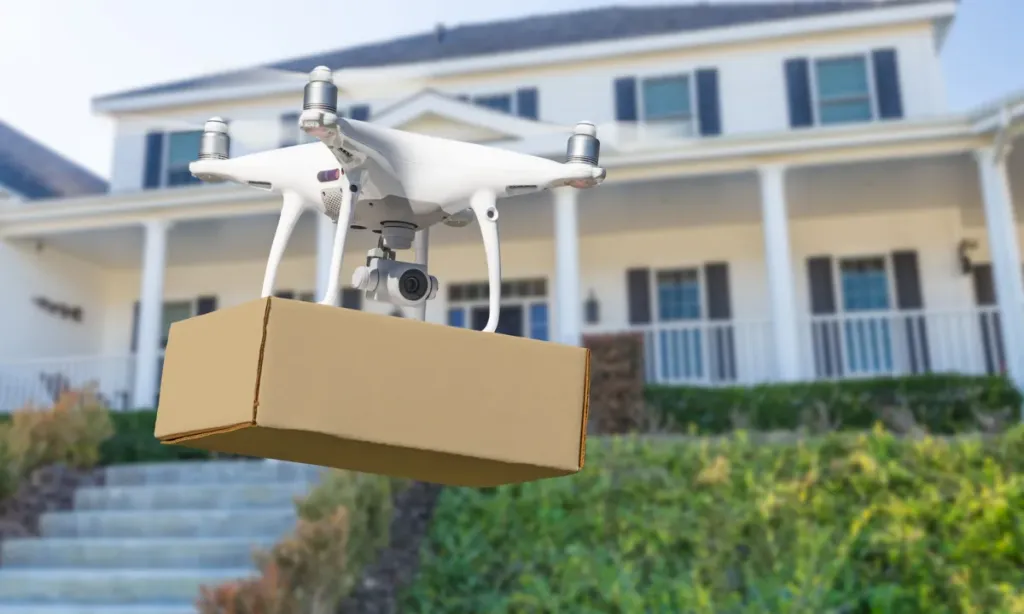

Enhanced Reality Experiences: And what the future holds is a seamless blend of the physical and digital worlds, creating immersive and interactive experiences.
Agricultural Optimization: And what the future holds is increased food production, reduced water usage, and sustainable farming practices through precise monitoring and
analysis.
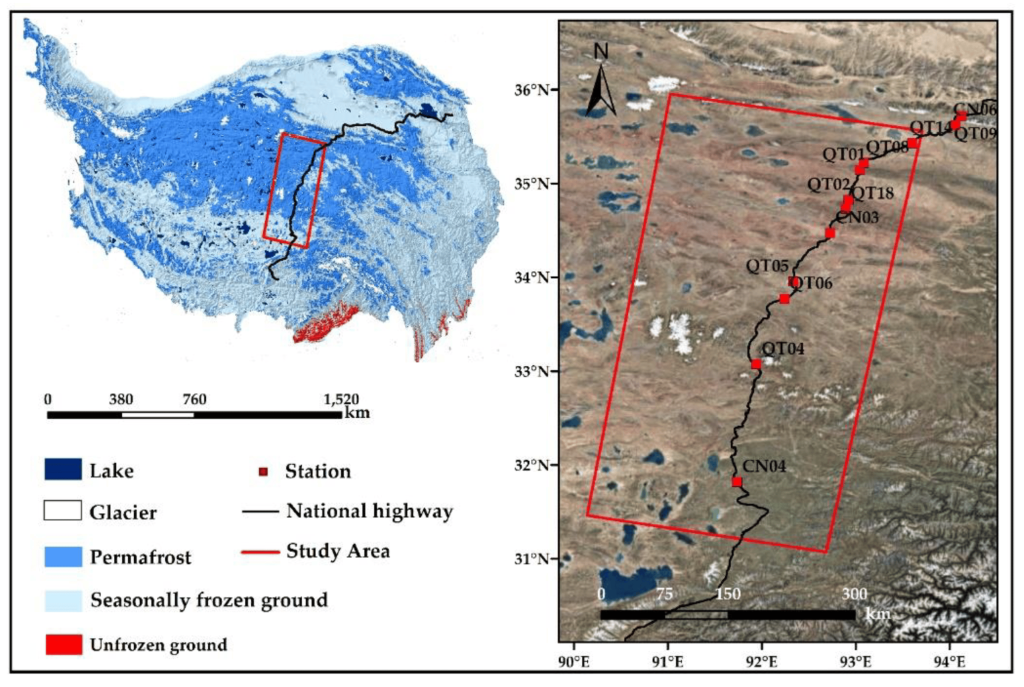
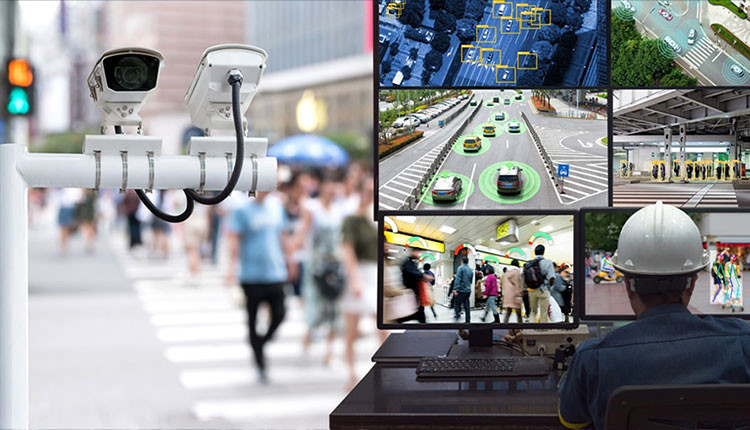
Smart Cities and Urban Planning: And what the future holds is optimized city infrastructure, improved traffic flow, and enhanced public safety through real-time data analysis.
Human-AI Collaboration: And what the future holds is a synergistic partnership between humans and AI, where machines augment human capabilities and creativity.

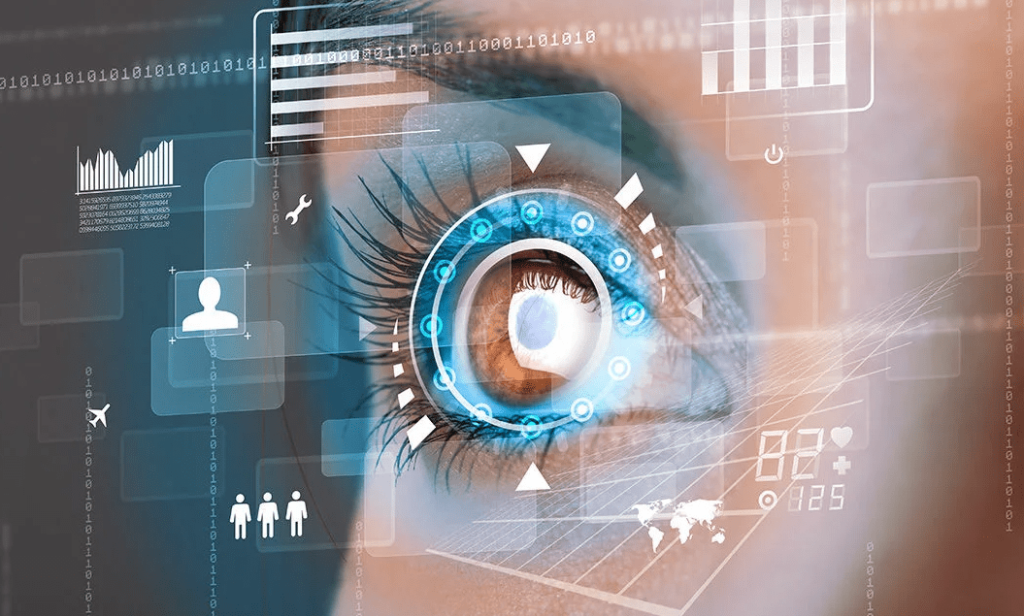
Biometric Identification and Security: And what the future holds is highly secure and convenient access control systems based on unique biological traits.
Environmental Monitoring and Conservation: And what the future holds is a deeper understanding of our planet’s ecosystems and effective strategies to protect biodiversity
